Out Now
The Mental Health Issue
Current Issue
The Mental Health Issue
AUG - SEPT 2025

Every electrician knows all too well the dangers of working on or near exposed live parts. Here’s some sound advice, courtesy of Master Electricians Australia.
In many circumstances, the risks associated with undertaking work near exposed live parts are the same as those associated with live electrical work, with permanent serious injuries or death possible in the event of something going wrong. Exposed parts in switchboards, equipment control panels and similar situations need to be treated as live, unless they have been tested and proven otherwise. Across Australia, legislation prohibits working on live electrical equipment, except for very specific circumstances.
Employers must provide adequate information and training to their workers, so in the course of their work, they are able to identify hazards, assess risks and apply effective controls to ensure safety of themselves and others. The following steps must be followed before any live work commences.
Live work shall be performed, only if it is not practicable to perform the electrical work any other way. For example:
It is not allowable to work live to minimise profit/loss of a business. If any of the above cannot be answered YES, live work shall not proceed.
If there is no alternative to working live, the following must be adhered to:
Use the right tools, instruments, and equipment for the job. Always check your tools are working properly and are effectively insulated.
A comprehensive safety system is critical if working on or near live electrical equipment. Your system should include all the resources you need in the field and be readily accessible either physically or electronic. The benchmark in systems is ME Safety and includes:
Evaluating risks and developing controls will help you to develop safer work practices, protecting your workers and your business.
Keep up to date with our latest news and competitions by subscribing to our regular newsletter.
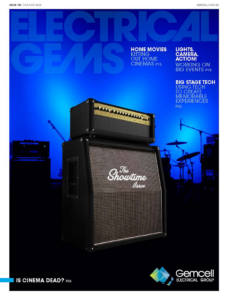
Issue 183
OCT - NOV 2024
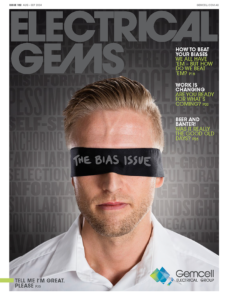
Issue 182
AUG - SEPT 2024

Issue 181
JUN - JUL 2024

Issue 180
APR - MAY 2024

Issue 179
FEB - MARCH 2024
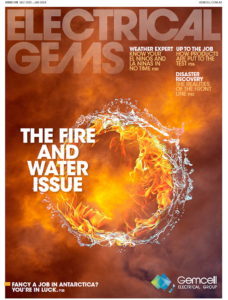
Issue 178
DEC 2023 - JAN 2024
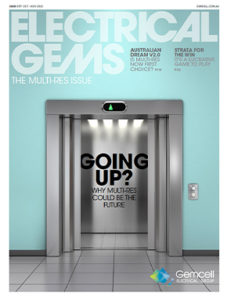
Issue 177
OCT - NOV 2023
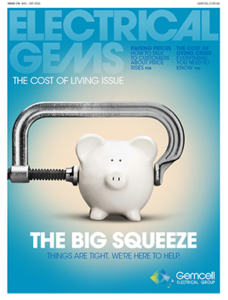
Issue 176
AUG - SEPT 2023
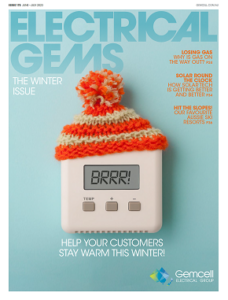
Issue 175
JUN - JUL 2023
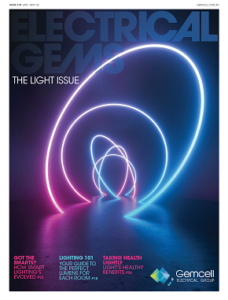
Issue 174
APR - MAY 2023
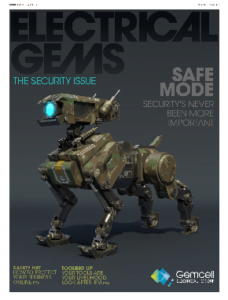
Issue 173
FEB - MAR 2023

Issue 172
DEC 2022 - JAN 2023
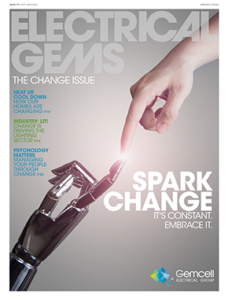
Issue 171
OCT - NOV 2022

Issue 170
AUG - SEPT 2022

Issue 169
JUN - JUL 2022
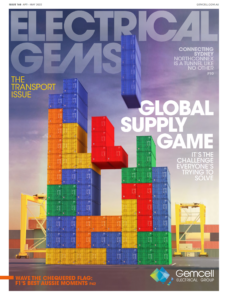
Issue 168
APR - MAY 2022
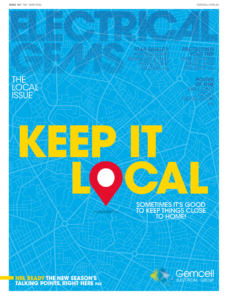
Issue 167
FEB - MAR 2022

Issue 166
DEC 2021 - JAN 2022
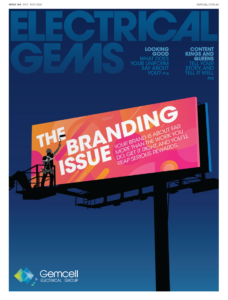
Issue 165
OCT - NOV 2021

Issue 164
AUG - SEPT 2021
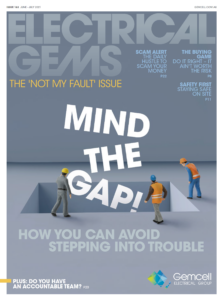
Issue 163
JUN - JUL 2021
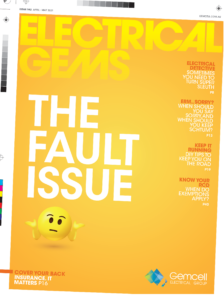
Issue 162
APR - MAY 2021

Issue 161
FEB - MAR 2021

Issue 160
DEC 2020 - JAN 2021
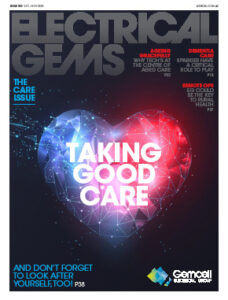
Issue 159
OCT - NOV 2020
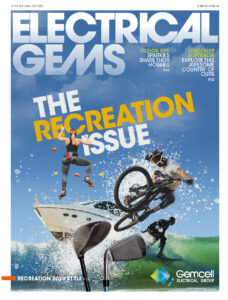
Issue 158
AUG - SEPT 2020
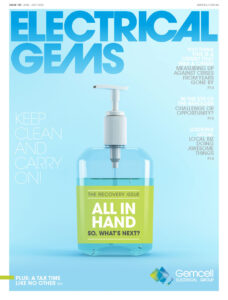
Issue 157
JUN - JUL 2022
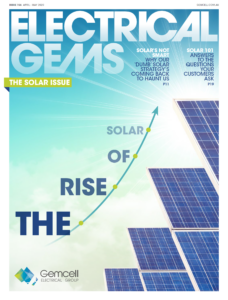
Issue 156
APR - MAY 2020

Issue 155
FEB - MAR 2020

Issue 154
DEC 2019 - JAN 2020
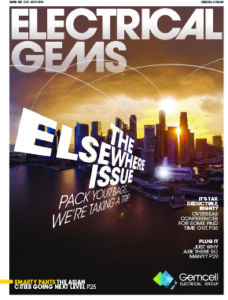
Issue 153
OCT - NOV 2019
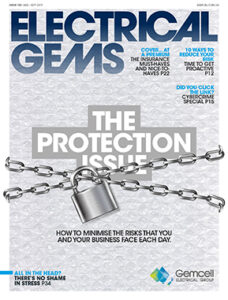
Issue 152
AUG - SEPT 2019

Issue 151
JUN - JUL 2019
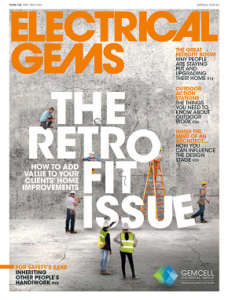
Issue 150
APR - MAY 2019
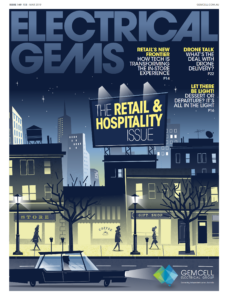
Issue 149
FEB - MAR 2019
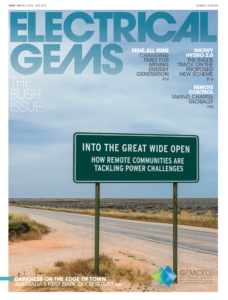
Issue 148
DEC 2018 - JAN 2019
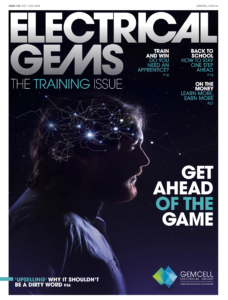
Issue 147
OCT - NOV 2018
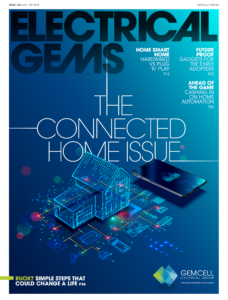
Issue 146
AUG - SEPT 2018

Issue 145
JUN - JUL 2018

Issue 144
APR - MAY 2018
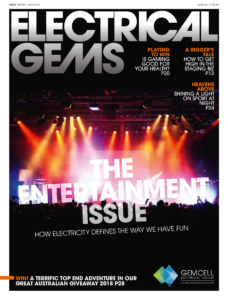
Issue 143
FEB - MAR 2018
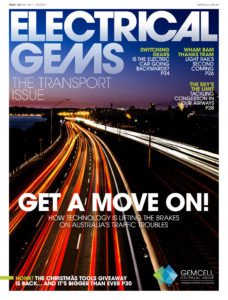
Issue 142
DEC 2016 - JAN 2017
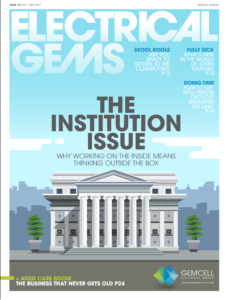
Issue 141
OCT- NOV 2017

Issue 140
AUG - SEPT 2017
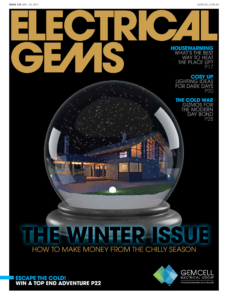
Issue 139
JUN - JUL 2017
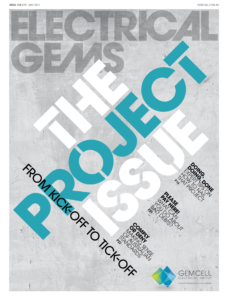
Issue 138
APR - MAY 2017

Issue 137
FEB - MAR 2017
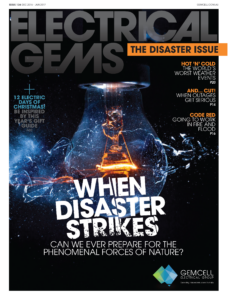
Issue 136
DEC 2016 - JAN 2017

Issue 135
OCT - NOV 2017

Issue 134
AUG - SEPT 2016

Issue 133
JUN - JUL 2016
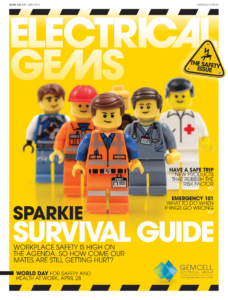
Issue 132
APR - MAY 2016
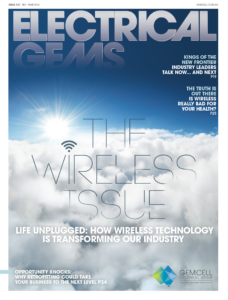
Issue 131
FEB - MAR 2016
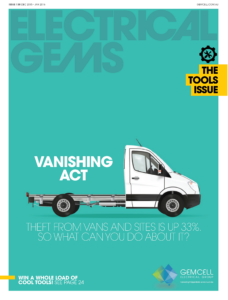
Issue 130
DEC 2015 - JAN 2016
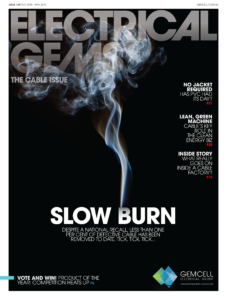
Issue 129
OCT - NOV 2015

Issue 128
AUG - SEPT 2015

Issue 127
JUN - JUL 2015
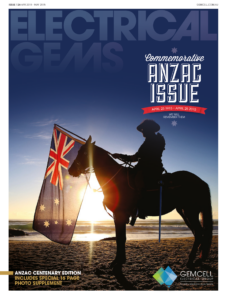
Issue 125
APR - MAY 2015

Issue 125
FEB - MAR 2015
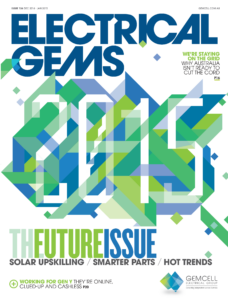
Issue 124
DEC 2014 - JAN 2015
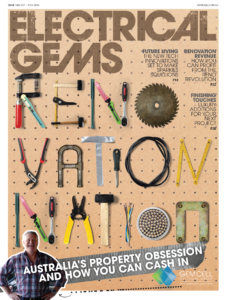
Issue 123
OCT - NOV 2014
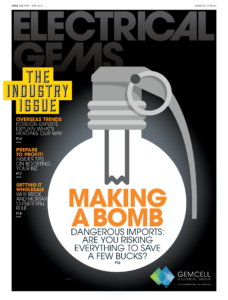
Issue 122
AUG - SEPT 2014

Issue 121
JUN - JUL 2014
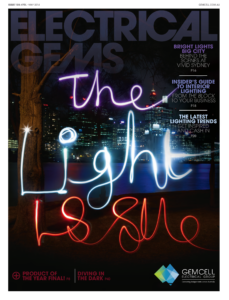
Issue 120
APR - MAY 2014

Issue 119
FEB - MAR 2014
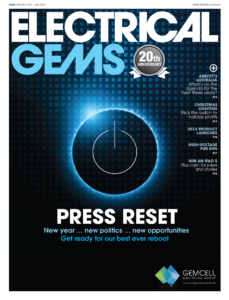
Issue 118
DEC 2013 - JAN 2014

Issue 117
OCT - NOV 2013
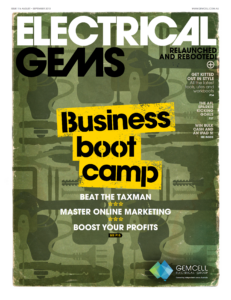
Issue 116
AUG - SEPT 2013

Comments (0)
Write a Comment